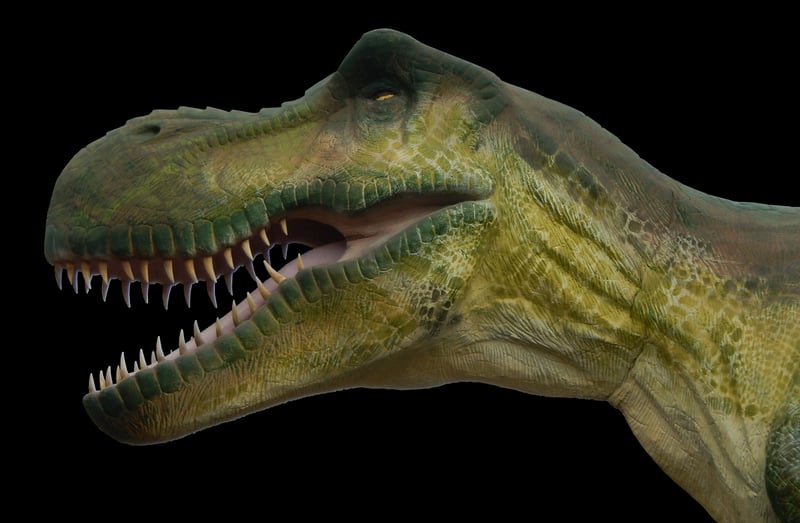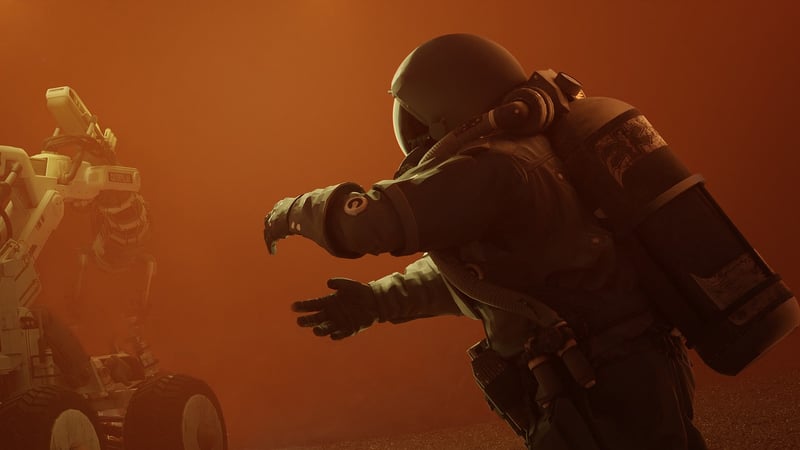Robotic Missions
The Future of Space Exploration: Innovations in Robotic Missions
Space exploration has always captivated the human imagination, and with the advancements in technology, robotic missions are playing a pivotal role in uncovering the mysteries of the universe. Let's delve into some of the groundbreaking innovations in robotic missions that are shaping the future of space exploration.
Autonomous Rovers
Autonomous rovers have revolutionized our exploration of celestial bodies like Mars. These robots are equipped with AI capabilities that enable them to navigate challenging terrains, collect samples, and transmit data back to Earth. The Perseverance Rover is a prime example of the cutting-edge technology being used in robotic missions.

Sample Return Missions
Sample return missions involve collecting samples from celestial bodies and bringing them back to Earth for detailed analysis. These missions provide invaluable insights into the composition and history of planets and asteroids. The upcoming OSIRIS-REx mission aims to return samples from the asteroid Bennu.

Space Telescopes
Robotic missions have also led to the development of space telescopes that provide us with unprecedented views of the cosmos. Telescopes like the Hubble Space Telescope have revolutionized our understanding of the universe by capturing stunning images of distant galaxies and celestial phenomena.

Interplanetary Probes
Interplanetary probes are robotic spacecraft sent to explore planets, moons, and other celestial bodies within our solar system. These missions provide valuable data that helps scientists unravel the mysteries of our cosmic neighborhood. The Juno spacecraft is currently studying Jupiter's atmosphere and magnetic field.

As we look towards the future, robotic missions will continue to push the boundaries of space exploration, enabling us to discover new worlds, unravel cosmic mysteries, and expand our understanding of the universe like never before.
